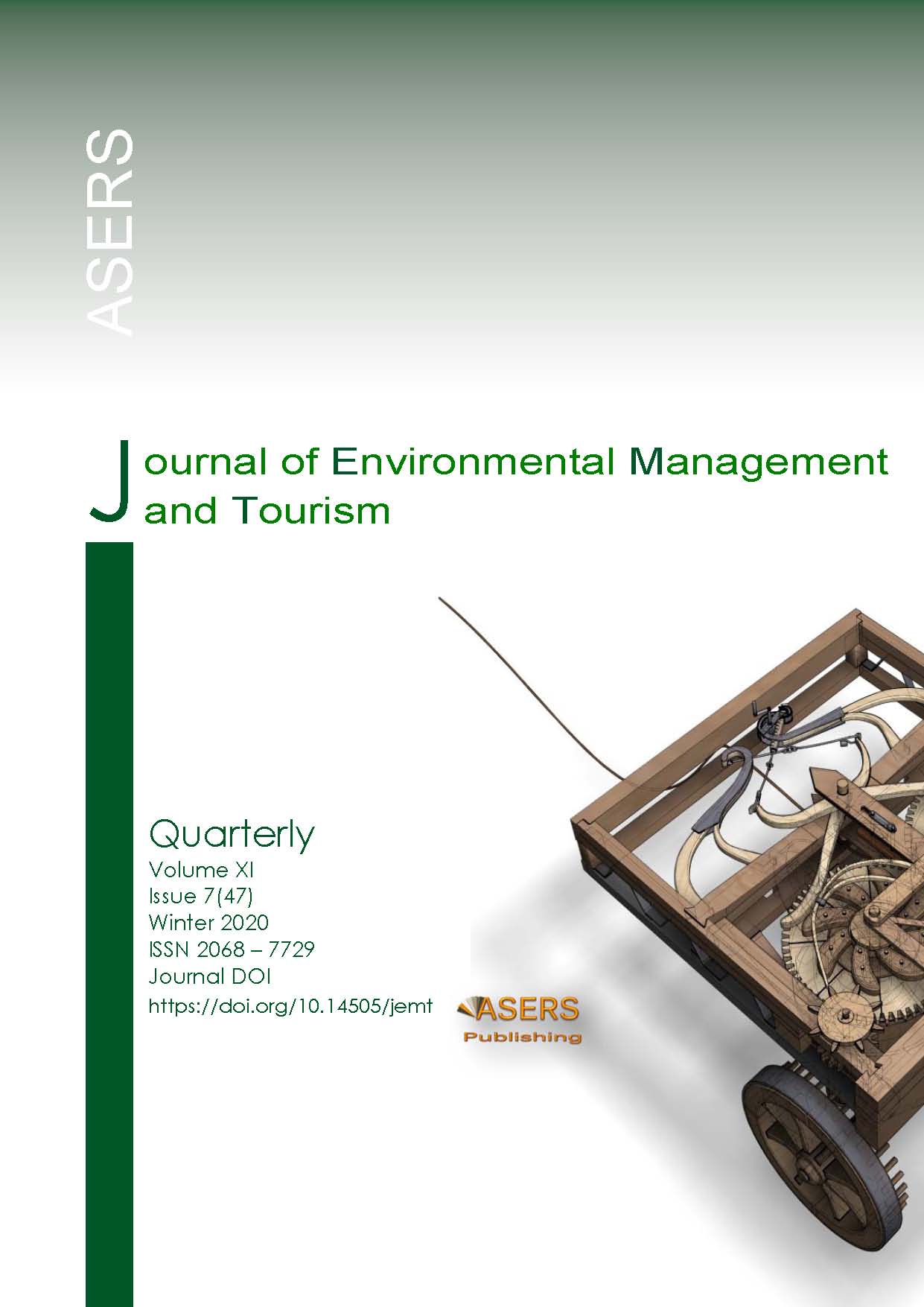Reasons and Benefits of Seasonal Migrations in the Villages of Rugova
Abstract
This study deals with seasonal migration as a special frame of migration. These migrations date back to the early days and consist of the movement of the population for a certain period of time, which are mainly related to the grazing of animals in the hilly-mountainous areas for higher productivity. In the territory of Kosova, as well, this sort of migration is quite emphatic, specifically in Rugova Mountain (Albanian Alps). The basic purpose of this research is the evidence of the main reasons of seasonal migration and the benefits of it. It is quite apparent that the main reasons are economic in nature, therefore through this research the key factor why the migrations reside those high mountain areas during warm seasons have been analyzed. Moreover, beside those migration reasons, a special emphasis in this study is given to the benefits those migrations have been bringing to the immigrant country, as well as to the migrant one.
References
[2] Bollinger, C.R. and Ihlanfeldt, K.R. 1997. The impact of rapid rail transit on economic development: The case of Atlanta’s MARTA. Journal of Urban Economics, 42(2): 179–204. DOI: http://org/10.1006/juec.1996.2020
[3] Deshingkar, P. and Start, D. 2003. Seasonal Migration for Livelyhoods in India: Coping, Accumulation and Exclusion. UK: London. Overseas Development Institue
[4] Gibson, J., McKenzie, D. And Rohorua, H. 2013. Development Impacts of Seasonaland Temporary Migratio. London. London. University College: Centre for Research and Analysis of Migration Department of Economics.
[5] Gill, G. J. 2003. Seasonal Labour Migration in Rural Nepal: A Preliminary Overview. London, Westminster Bridge Road: Overseas Development Institute 111
[6] Islami, H. 1985. Fshati i Kosovës, kontribut për studimin sociologjiko-demografik të evulucionit rural. Prishtinë. Rilindja. (in Albanian)
[7] Islami, H. 2012. Aspekti etnik i migrimeve, Prishtinë: ASHAK. (in Albanian)
[8] Kelmendi, O. 1995. Rugova, legjend dhe realitet. Pejë. Dukagjini (in Albanian)
[9] Krasniqi, M. 1986. Rugova-monografi etnografike. Prishtinë: ASHAK. Fq. 48 (in Albanian)
[10] Kresic, I. 1984. Prostorna ekonomija, Informator, Zagreb, 121. (in Albanian)
[11] Medda, F., and Modelewska, M. 2010. Land Value Capture as a Funding Source for Urban Investment. The Warsaw Metro System, Sprawne Panstwo, Warsaw, ISBN: 978-83-908870-3-6.
[12] Umoren, V., Ikurekong, E.E., Emmanuel, A. and Udida, A.A. 2009. Development of Road Infrastructure as a Tool of Transforming Ibiono Ibom Local Government Area. Global Journal of Social Sciences, 8(2): 53-59, ISSN: 1596-6216.
[13] MESP- Ministry of Environment and Spatial Planning, Prishtina, 2017.
[14] Ministria e Mjedisit dhe Planifikimit Hapësinor. 2003. Studim, mbi arsyeshmërinë e shpalljes së territorit të bjeshkëve të nemuna park nacional. Marrë nga. Available at: https://www.ammk-rks.net/repository/docs/Studimi_per_Bjeshket_e_Nemuna.pdf (in Albanian)
[15] Neziri, Z. 2006. Veçoritë Etnokulturore dhe gjeografike të krahinës së Rugovës. Tiranë: QFSH, nr.9. (in Albanian)
Copyright© 2025 The Author(s). Published by ASERS Publishing 2025. This is an open access article distributed under the terms of CC-BY 4.0 license.
